Search Suggestions
- Gold Loan
- Money Transfer
- Mutual Funds

Important Exemptions from Personal Income Tax in 2024–2025
Recently, India’s annual budget was announced and there were some changes in income tax slab regimes for taxpayers. For some people, the new tax is a blessing and for some, it's a boom. The Income Tax is applied to individuals using a slab system, which assigns different tax rates to different income ranges. As an individual's income rises, the corresponding tax rates also increase.
Table of Content
Understanding these changes is crucial for effective financial planning and ensuring compliance with the law. This blog delves into the significant exemptions available under the new tax regime for the year 2024-25, providing clarity on the options available to taxpayers. We'll explore the specifics of the new tax slab regime, compare it with the old regime, and help you decide which option might be more advantageous for your financial situation. By the end of this article, you will have a comprehensive understanding of the key exemptions and the strategic decisions involved in choosing the most beneficial tax regime.
New Tax Slab Regime 2024
The government of India has revamped the income tax slab structure for the assessment year 2024-25, introducing a simplified regime aimed at easing the tax burden for middle-class taxpayers. The new tax slab regime offers lower tax rates across various income brackets but comes with a significant trade-off: it does not allow most of the exemptions and deductions that were available under the old regime.
- Here is a brief overview of the new income tax slab for AY 2024-25:
- Up to ₹2.5 lakh: Nil
- ₹2.5 lakh to ₹5 lakh: 5%
- ₹5 lakh to ₹7.5 lakh: 10%
- ₹7.5 lakh to ₹10 lakh: 15%
- ₹10 lakh to ₹12.5 lakh: 20%
- ₹12.5 lakh to ₹15 lakh: 25%
- Above ₹15 lakh: 30%
This new tax structure is designed to offer more straightforward tax calculations by eliminating the need to claim multiple deductions. However, certain exemptions and benefits, such as the standard deduction of ₹50,000 for salaried individuals and the tax rebate under Section 87A for incomes up to ₹5 lakh, are still available.
Which Is Better The Old or the New Tax Regime?
Choosing between the old and new tax regimes can be a critical decision, contingent upon individual financial circumstances and tax planning strategies.
Old Tax Regime:
The old tax regime offers higher tax rates but compensates with a plethora of exemptions and deductions. These include:
Section 80C: Deduction up to ₹1.5 lakh for investments in PPF, NSC, ELSS, etc.
Section 80D: Deduction for health insurance premiums.
House Rent Allowance (HRA): Exemption on HRA under certain conditions.
Home Loan Interest: Deduction for interest paid on home loans under Section 24.
Standard Deduction: ₹50,000 for salaried individuals.
These deductions can significantly reduce taxable income, making the old regime attractive for taxpayers who have substantial investments and expenses eligible for deductions.
Suggested Read: Best Tax Saving Investments Under Section 80C
Understanding Tax Deductions: What You Can and Can't Claim
New Tax Regime:
The new regime simplifies tax filing by offering lower rates without the complexity of claiming multiple deductions. It benefits taxpayers with fewer investments in tax-saving instruments or those who prefer a straightforward tax calculation process. The decision to opt for the new regime would depend on whether the lower tax rates offset the loss of deductions.
To decide which regime is better, consider these factors:
Income Level: Higher income levels may benefit more from the old regime due to available deductions.
Investment in Tax-Saving Instruments: If you have significant investments eligible for deductions, the old regime might be advantageous.
Simplification Preference: For those preferring simplicity and straightforward tax filing, the new regime is appealing.
Conducting a comparative analysis based on your specific financial scenario can provide clarity. Calculating tax liabilities under both regimes will help in making an informed decision.
Understanding the key exemptions and deductions available under each regime is essential for optimizing tax liabilities and making informed financial decisions. By carefully evaluating your income level, investment strategies, and preference for simplicity in tax filing, you can choose the regime that best aligns with your financial goals and maximizes your tax savings. You can also save your income tax by investing in several tax saving schemes like Equity-Linked Saving Scheme Mutual Fund, National Pension Scheme, Public Provident Fund, Sukanya Samriddhi Yojana and Senior Citizen Saving Scheme.
Suggested Read: PPF, Public Provident Fund Basics, PPF Account Opening, Interest Rate, Withdrawal & Tax Benefits
Invest in the scheme that fits your goals and start saving with Muthoot Finance. Visit your nearest branch to know more.
- Apply PAN Card Online
- Application
- Eligibility
- Documents Required Forms
- Form 49A
- Form 49AA
- Fees
- Correction & Update
- NRI PAN Card
- Tracking
- Penalty
CATEGORIES
OUR SERVICES
-

Credit Score
-

Gold Loan
-

Personal Loan
-

Cibil Score
-

Vehicle Loan
-

Small Business Loan
-

Money Transfer
-

Insurance
-

Mutual Funds
-

SME Loan
-

Corporate Loan
-

NCD
-

PAN Card
-

NPS
-

Custom Offers
-

Digital & Cashless
-

Milligram Rewards
-

Bank Mapping
-

Housing Finance
-

#Big Business Loan
-

#Gold Loan Mela
-

#Kholiye Khushiyon Ki Tijori
-

#Gold Loan At Home
-

#Sunherisoch
RECENT POSTS

Understanding KDM Gold and Why it’s Banned
Know More
How BNPL Affects Your Credit Score
Know More
What is a Cheque and its Different Types in India?
Know More
Benefits of Paying Your EMIs on Time: Why Timely Payments Matter
Know More
A Complete Guide to Report Online Fraud
Know More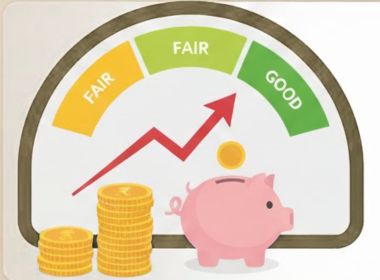
How does a Personal Loan Affect your Credit Score?
Know More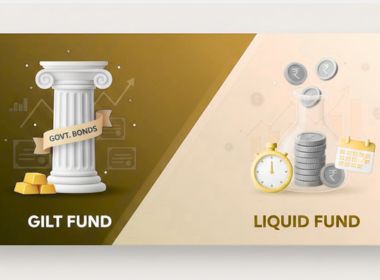
Gilt Fund vs Liquid Fund: Full Form, Meaning & SIP Guide
Know More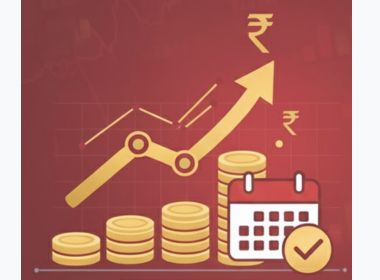
XIRR in Mutual Funds & SIP: Full Form, Meaning, Formula and How to Calculate
Know More
7 Key Factors to Consider Before Taking an SME Loan
Know More
Difference Between Black Gold and Gold: Everything You Need to Know
Know MoreFIN SHORTS

What Are Co-Pay and Deductibles in Insurance Policies?
Know More
Should You Take a Loan Against Your Mutual Fund or SIP?
Know More
Top 5 Best Mid-Cap Mutual Funds to Watch in 2026
Know More
Are Personal Loans Right for Retirees? Key Points to Consider
Know More
What Happens to a Personal Loan After the Borrower Dies?
Know More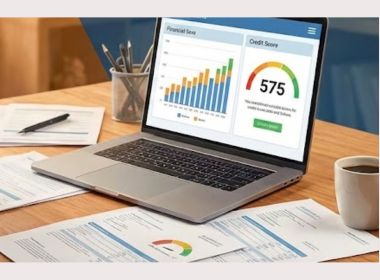
Best Loan Choices for Credit Scores of 580 and Below
Know More
7 Reasons Why a Gold Loan Is the Best Option for Small Businesses
Know More
10 Reasons Why People in India Prefer Physical Gold
Know More
Real Estate vs Gold: Which Is a Better Investment in India?
Know More
10 Common Mistakes That Make Investors Lose Money in Mutual Funds
Know More
10 Reasons Why Gold Has So Much Appeal in Uncertain Times
Know More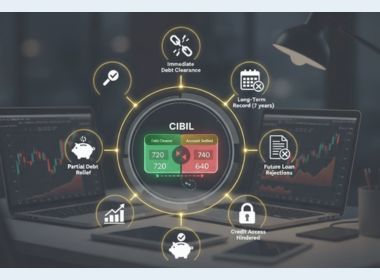
7 Ways Settling Debt Can Impact Your CIBIL Score
Know More- South +91 99469 01212
- North 1800 313 1212





